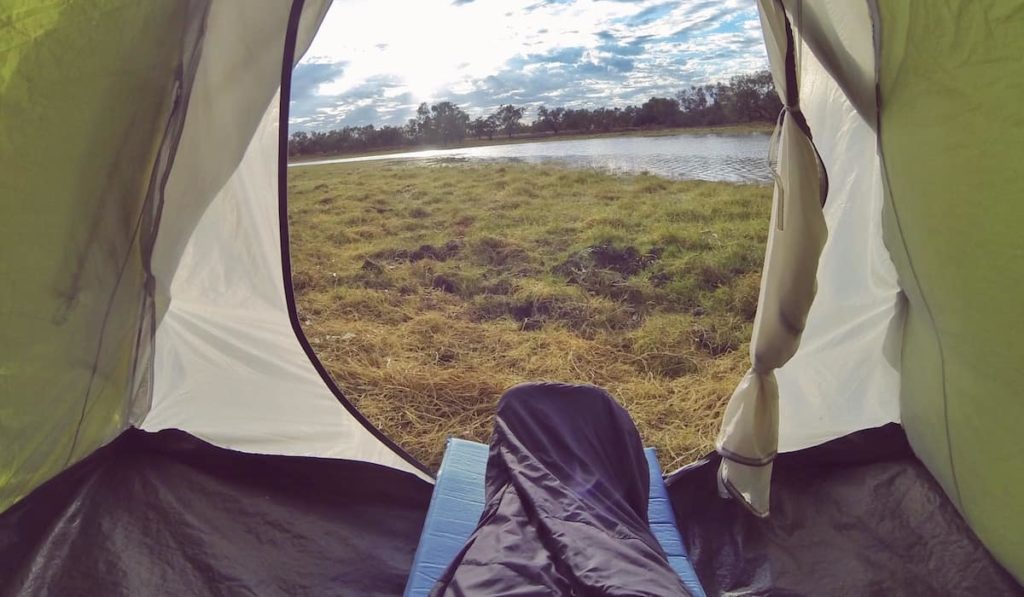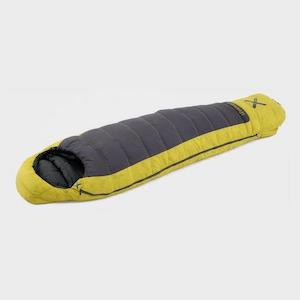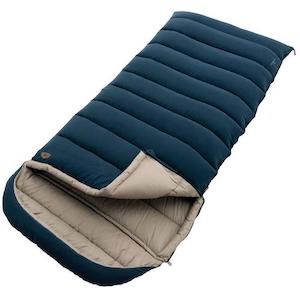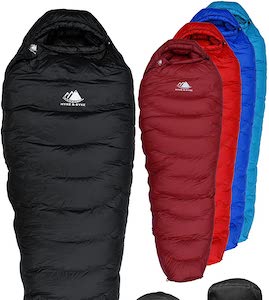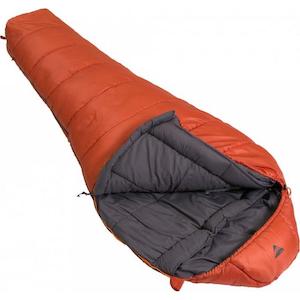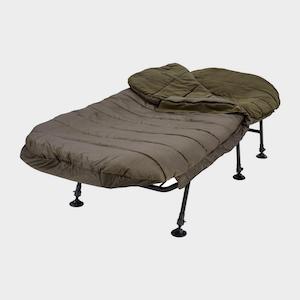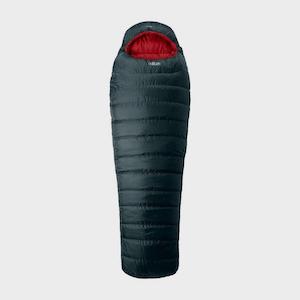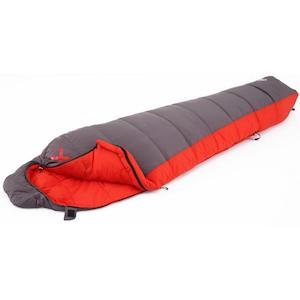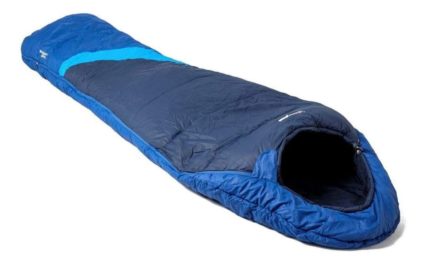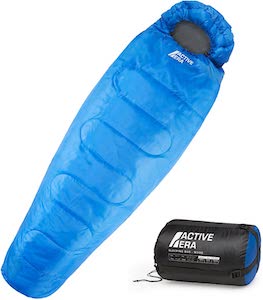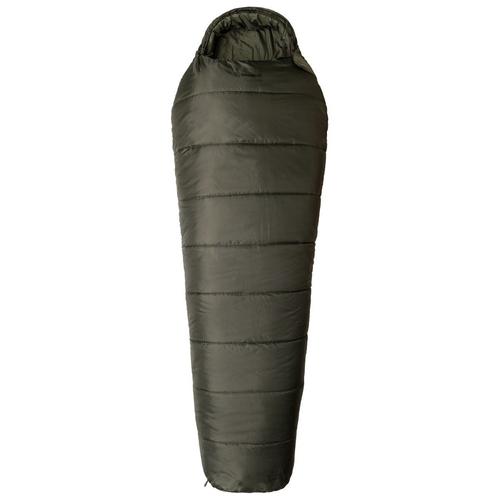A budget sleeping bag doesn’t scream warmth and protection at us, but with a 300GSM (2 x 150g/m2) double-layer filling, it can actually be used across three seasons.
The drawstring hood keeps your top half warm, and a wind-proof double zipper and insulated draught collar will stop the cold getting into any gaps and openings in the bag. All of Active Era’s bags are treated with a layer of invisible water repellent to ensure they remain water-resistant, and it also means the bag is easy to wipe clean.
The zipper design means it won’t get caught when you’re opening and closing it, and an internal pocket keeps all of your valuables safe – perfect for festivals. It isn’t the smallest or lightest when folded, but the price is very attractive indeed, especially if only for occasional use.


